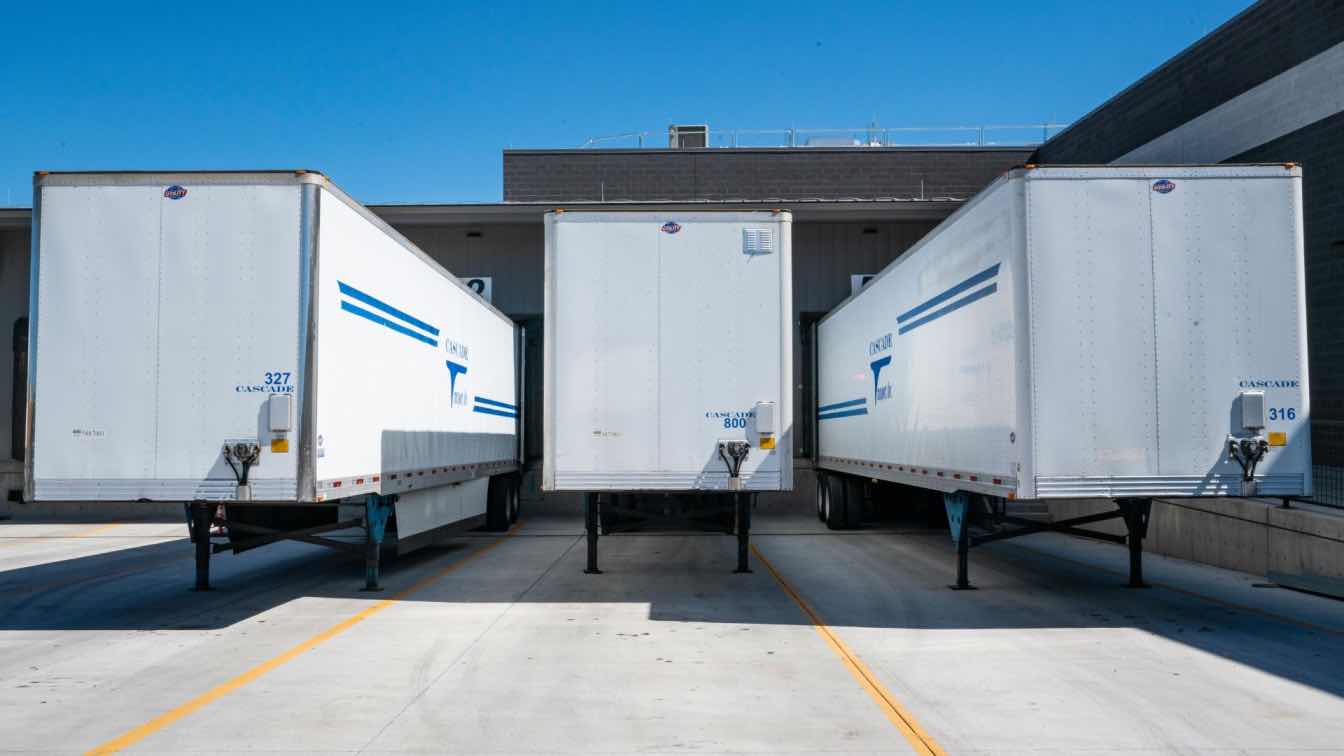Have you ever considered how shipping logistics impact urban planning?
As the need to ship anything from heavy equipment to vehicles and machinery increases, cities are adapting to accommodate. Efficient freight movement systems are essential since online retail has made it easier for consumers to make purchases.
After all, the goods people are buying need to be manufactured and shipped quickly. And the equipment that enables those processes, and the goods themselves, must be in the right place at the right time to keep everyone happy.
From infrastructure adjustments to neighborhood planning and last-minute delivery solutions, cities are finding ways to be more hospitable to freight logistics.
Read on to find out what impacts logistics are having on city planning strategies.
Redefining Urban Areas to Meet Logistics Needs
Increasingly, urban areas are shifting to meet the needs of freight movement. While many cities have relied on traditional zoning practices to compartmentalize different districts, like industrial or residential areas, that practice is changing.
Mixed-use zoning offers more flexibility that can help shipping logistics move more seamlessly. When logistics centers sit among retail developments or dense housing areas, delivery routes can be shorter and more efficient. And that translates to a seamless movement of goods and equipment from one location to another, and happier consumers.
Further, many high-density cities provide delivery windows and loading zones to help keep shipments moving.
For urban planners eyeing locations to build retail or housing, having awareness of these zones is vital. Developers must account for freight access to ensure that there’s enough of a buffer zone for delivery trucks and oversized vehicles. This enhanced communication helps everyone make more mindful decisions when planning where to situate new businesses.
Beyond zoning practices, cities are giving more weight to freight routes as they plan new developments or infrastructure upgrades.
In some cities, there are now dedicated lanes or bypass roads for heavy vehicles so they don’t enter roads prone to bottlenecks or quiet residential streets. And some cities are employing digital signage to direct those truck drivers toward the most efficient routes.
Focusing on the Last Mile
The last mile refers to the final part of a delivery journey. You can think of it as the movement of an item from a distribution center to your front doorstep.
Although this part of the journey is exciting for the consumer, on the logistics side, it can be a headache. Delivery drivers frequently are battling traffic and amassing gas costs in the process. But with the growth of online retail spaces, the demand for efficient last-mile delivery is much higher.
What’s the solution?
Micro-distribution centers have emerged in North America and Europe as a significant boost. These hubs are in or near city centers and enable smaller trucks to handle the last portion of the delivery process.
Rather than using a bigger delivery truck, a smaller cargo van or even a delivery robot can take over. These vehicles will be better able to move efficiently through urban spaces and deliver goods in a timely fashion.
Many freight transport services in Canada are trying this strategy, notably in places like Vancouver and Toronto. Innovative approaches to delivery have included using electric cargo bikes to navigate dense city blocks. And the results have been positive, with shipments arriving at their final destinations with fewer delays.
Prioritizing Sustainability
While you might associate sustainability more with other industries, like construction, freight logistics can be a point of connection, as well. Consider that urban freight contributes to greenhouse gas emissions and air pollution. Consequently, cities are moving to build shipping hubs that make energy efficiency and environmental stewardship a priority.
Increasingly, hubs are turning to low-emission vehicles and truck electrification programs. Canada’s Port of Vancouver stands as a prime example of putting these ideas into practice. The city is working with other industries to pursue clean technologies that can keep emissions in check.
Other innovations across the globe include river-based delivery and incentives for those who choose to do deliveries during low-traffic times. The willingness to seek solutions shows how much the freight industry is eager to keep pace with both consumer and environmental needs.
Driving Urban Growth
The best freight logistics can help businesses grow while minimizing operating costs, all with consumer happiness in mind. By contrast, poor freight management can trigger congested streets and detrimental environmental impacts. But with wise zoning practices and infrastructure updates that are mindful of delivery needs, urban spaces can flourish.
Technological innovations like autonomous delivery vehicles and AI-powered tools can help urban planners develop routes and zoning plans that optimize efficiency. Cities that prioritize logistics in their urban design strategies will elevate their profiles. Clean, clear streets and well-placed distribution centers can drive economic growth.
Reimagining Logistics
Well-managed freight logistics are the backbone of a successful urban core. Emphasizing greener practices, being mindful of zoning, and meeting consumer demands are key to the industry’s success.
But cities need to work with freight businesses to understand how to incorporate their needs into future urban planning decisions. With constantly shifting consumer expectations, it’s never been more important to help cities evolve with freight logistics in mind.





